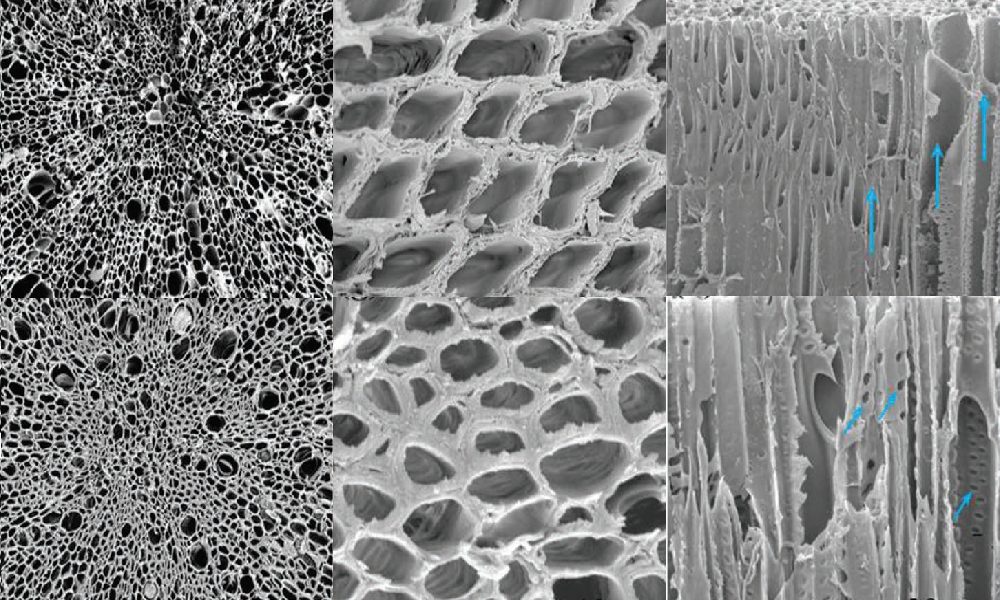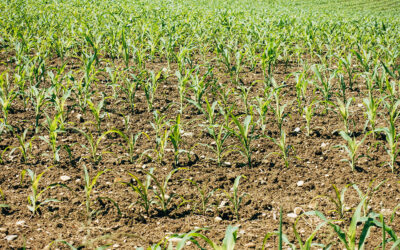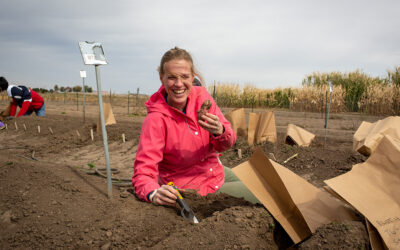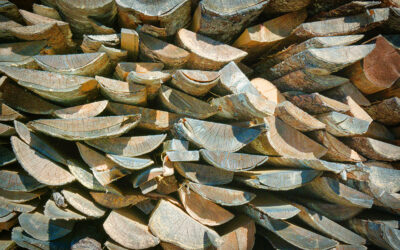Safe, clean drinking water is of major importance for any human population. Most of the earth’s water is found in our oceans, and desalination techniques to make such water potable is still energetically expensive. The majority of the rest of the earth’s water is to be found in surface water of lakes and rivers, but in countries that lack such fresh, clean surface water, methods on how to extract water from other sources remains a challenge.
If any of these sources are not available, the next best source of water is underground, known as groundwater, but unfortunately, human activity has polluted a lot of this and so it is important to develop methods by which groundwater can be purified and fit for human consumption.
In an article in Advanced Sustainable Systems, Professor Liangbing Hu and co-workers from the University of Maryland, USA, develop carbon nanotubes (CNTs) as a means to efficiently extract ground water via the roots of tree stumps by means of vaporizing the water under sunlight.
The method and mechanism are exceptionally modest. Exposed tree stumps are simply coated with a layer of CNTs. Since CNTs are amongst the darkest materials known, they are capable of absorbing all light and converting this energy efficiently into heat, and since wood is an extremely poor heat conductor, when exposed to sunlight, the heat generated by the CNTs on the tree stump remains localized at the CNT/tree interface. Therefore, when ground water is taken up naturally by the stump’s roots, and travels through the stump, this water is able to evaporate when it is heated up at the hot CNT surface. This process is highlighted in the figure below.
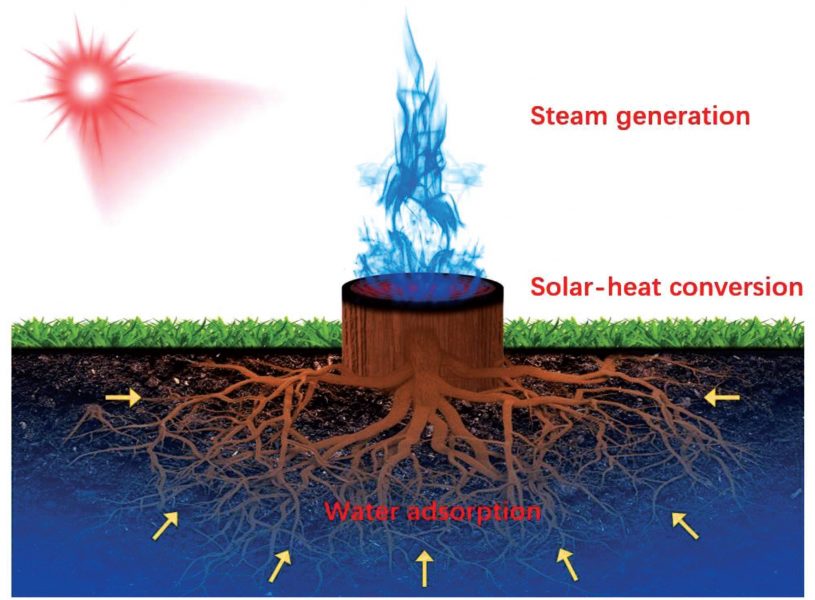
The efficiency of the CNT-coated tree stumps are remarkable. At just the thermal intensity of one sun, the evaporation rate of the ground water is one kilogram per meter-squared per hour, with a thermal efficiency of nearly 70%. However, by increasing this intensity to be the equivalent to that of 10 suns, the evaporation rates increases to 12 kilograms per meter-squared per hour, with a thermal efficiency of over 86%. Such increase in solar intensity can be achieved by simply positioning a Frensel lens near the tree stump. In other words, no extra energy is required to increase the evaporation rate; just a sunny day and a large magnifying glass!
This work highlights that wonderful moment in science when great ideas merge with simple solutions. By cheaply and simply coating tree stumps with CNTs, groundwater in areas that was once undrinkable, could perhaps become easily available and potable for the first time for the local communities.

